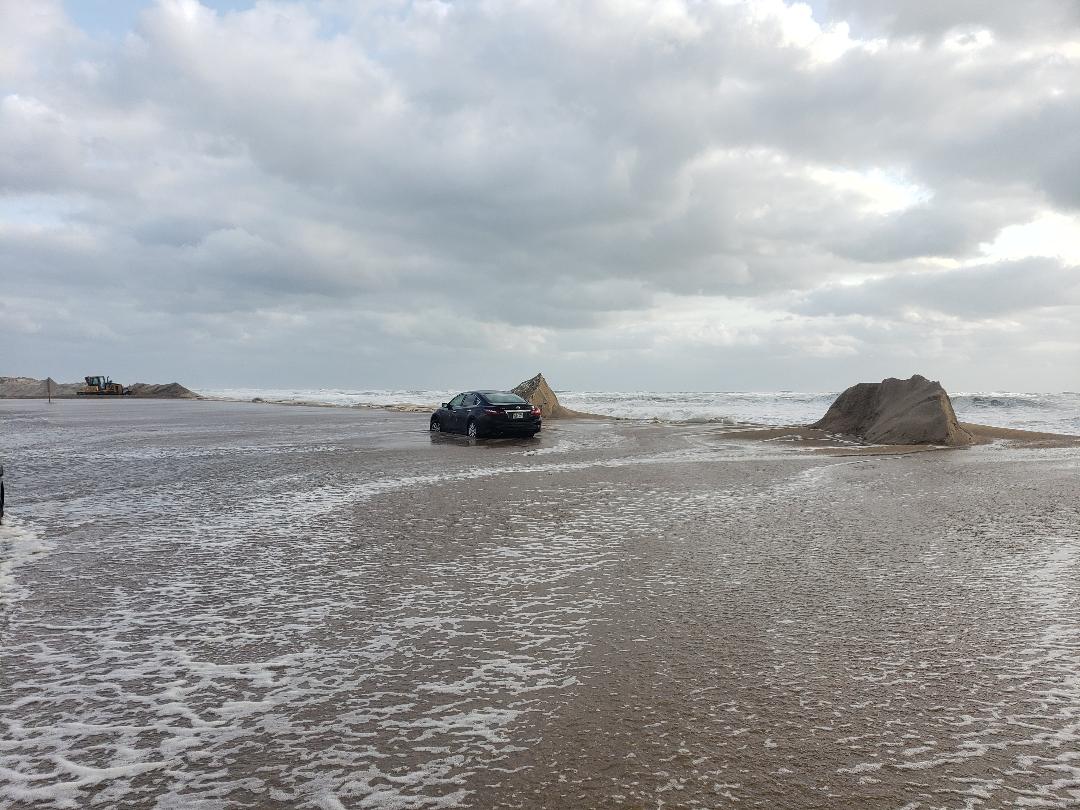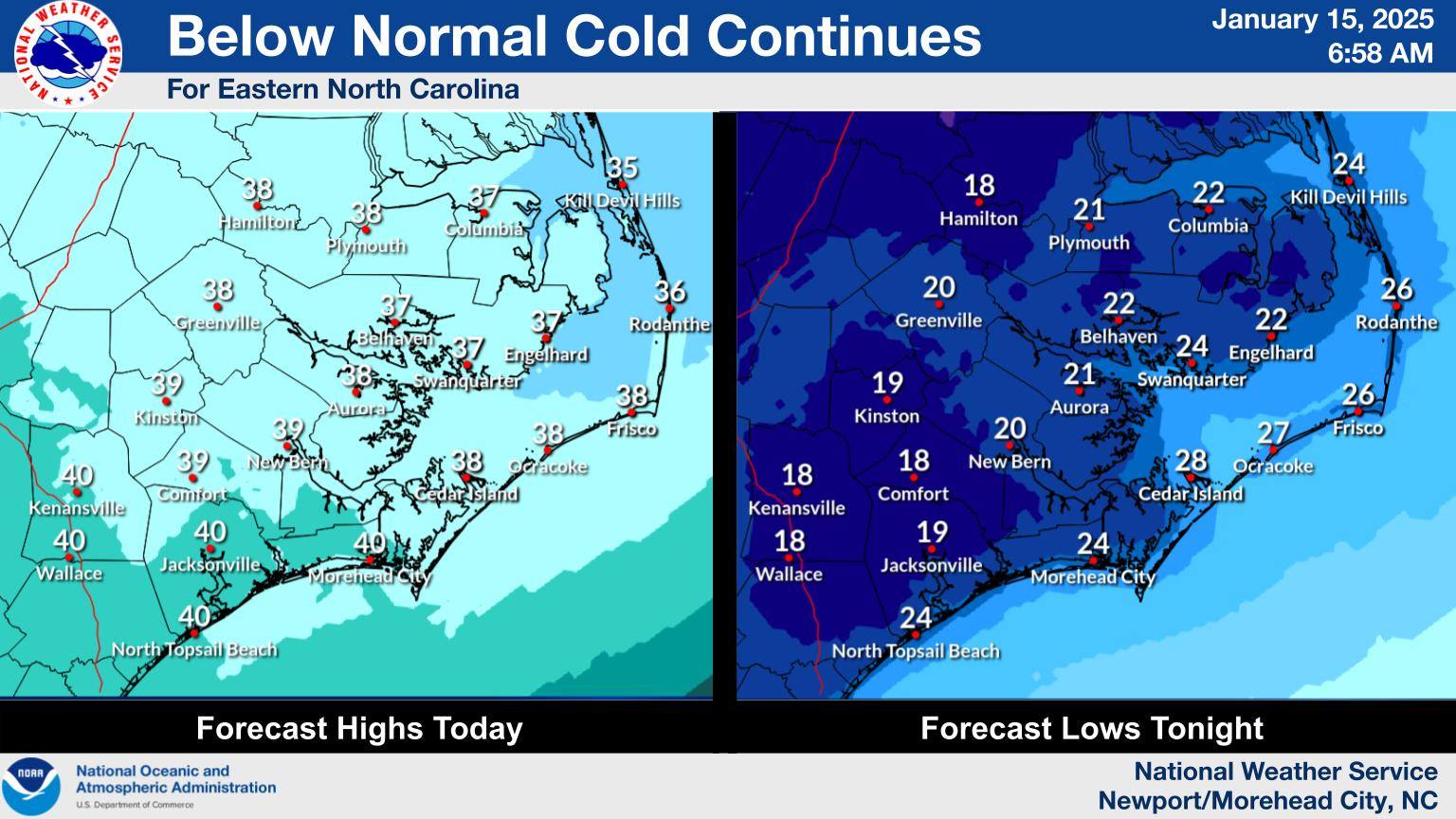Early Birds Catch an Incredible Show from Virginia Rocket Launch
Islanders who were up before the dawn caught an incredible show in the night sky, courtesy of a rocket launch that occurred on Monday morning off of Wallops Island, Virginia.
Orbital ATK’s Cygnus cargo spacecraft lifted off aboard the company’s Antares rocket at 4:44:06 a.m. from Virginia Space’s Mid-Atlantic Regional Spaceport at NASA’s Wallops Flight Facility, which is located on Virginia’s Eastern Shore.
The International Space Station-bound Cygnus is loaded with about 7,400 pounds of supplies and payloads, including critical materials that are needed to directly support dozens of the more than 250 science and research investigations that will occur during the space station’s Expeditions 55 and 56.
The launch led to the sudden formation of a swirl of skinny, comet-like clouds, causing residents all along the Atlantic coastline to wonder about the impromptu arrival of the unusual cloud formations, which had dissipated by sunrise.
“From what we understand, it was very visible in the [Cape] Hatteras area,” said Keith Koehler, News Chief at NASA’s Wallops Flight Facility. “It would have been visible in in Hatteras about one minute after the launch.”
“We estimated that you would be able to see it from Connecticut to South Carolina, depending on the weather where you are,” he added. “A lot of the visibility is dependent on the atmosphere, and in the [Cape Hatteras] area especially, there were clear skies and you could see it well.”
After Monday’s successful launch, the cargo ship will rendezvous with the International Space Station on Thursday, May 24. Expedition 55 Flight Engineer Scott Tingle will grapple the spacecraft at approximately 5:20 a.m. EDT, backed by Ricky Arnold, and Drew Feustel will monitor Cygnus systems during its approach. They will use the space station’s robotic Canadarm2 to take hold of the Cygnus, dubbed the S.S. James “J.R.” Thompson.
After Cygnus’ capture, ground controllers will command the robotic arm to rotate and install Cygnus onto the station’s Unity module. It is scheduled to eventually depart the space station in mid-July.
Live coverage of the rendezvous and capture will air on NASA Television and the agency’s website beginning at 3:45 a.m. Thursday, May 24. Installation coverage is set to begin at 7:30 a.m.













